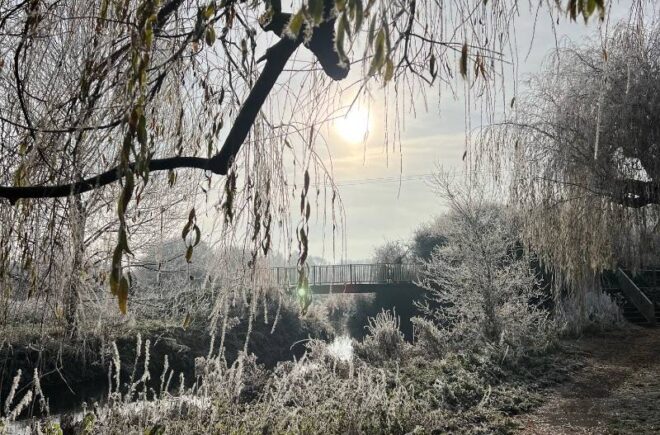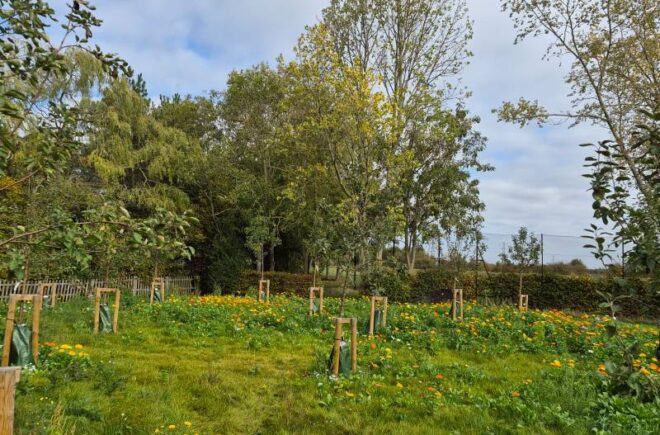
Next time you’re out and about in the countryside, remember to look down – you never know what you might find! This very handsome fellow was spotted on Galleywood Common, working hard in the undergrowth.
He is a Minotaur beetle (so-named for their bull-like horns) and is one of several dung beetles found in the UK, all of which bury balls of dung for their larvae to feed on. These beetles supply a vital nutrient-recycling service for our habitats.
They are widespread, but scarce, in England and Wales and are best found on sandy grassland and heathland, where they feed on rabbit droppings and other dung, mainly at night. Adults can be seen in autumn, but need to mature in order to breed, so undergo an intense feeding period. If the weather is mild, they may start breeding in early winter. They nest in deep tunnels where they lay their eggs and supply dung for the larvae to feed on; they drag the dung back to their nest using their strong front legs. The males use their ‘horns’ to defend the nest. By the following summer, their cycle is complete, and the adults will die to make way for the next generation.
They can grow up to 2cm long and are identified by their glossy black colour, ridged wing cases and unmistakeable ‘horns’.


